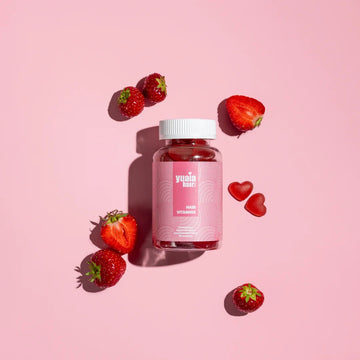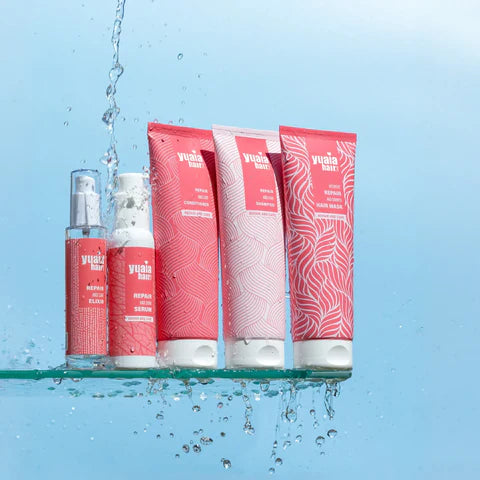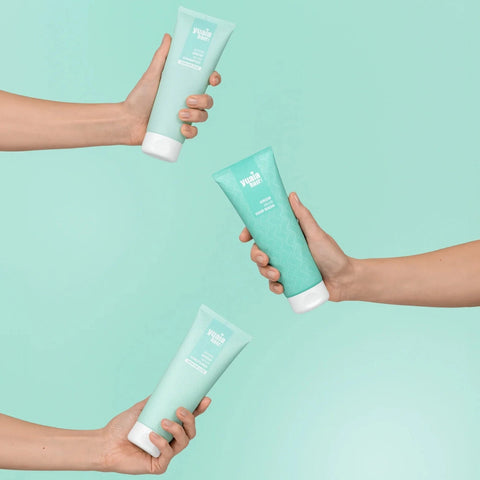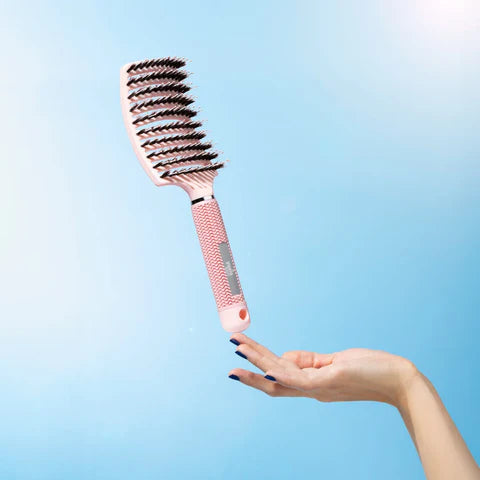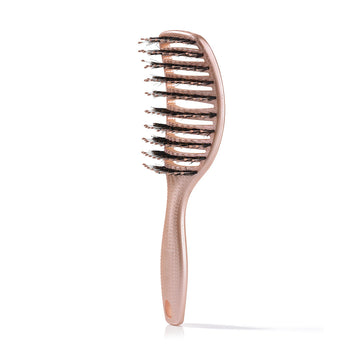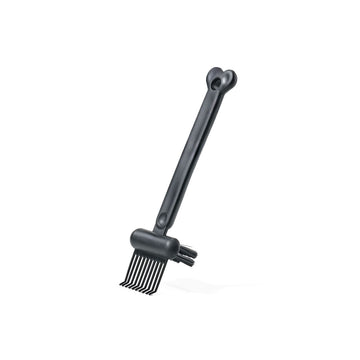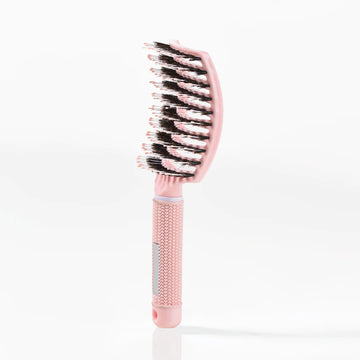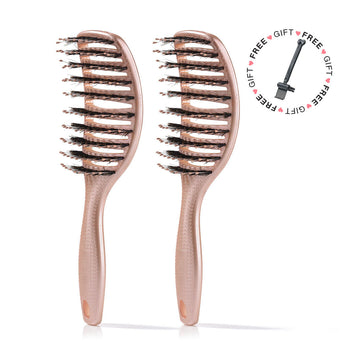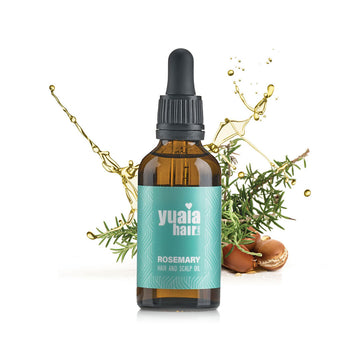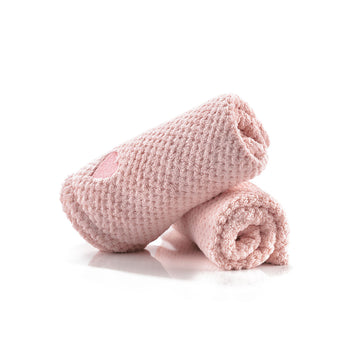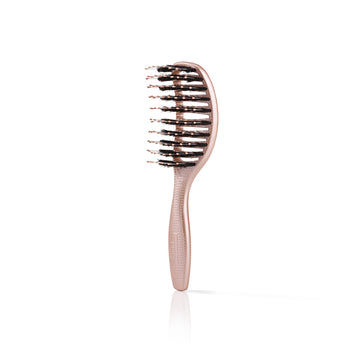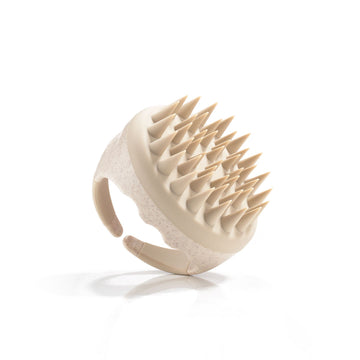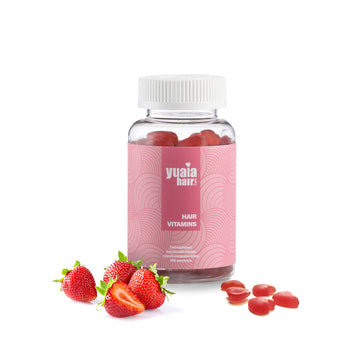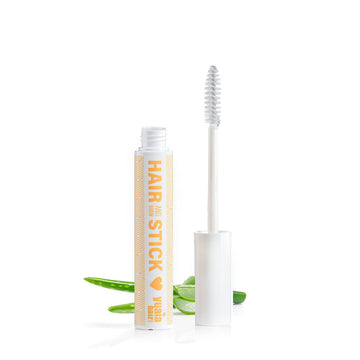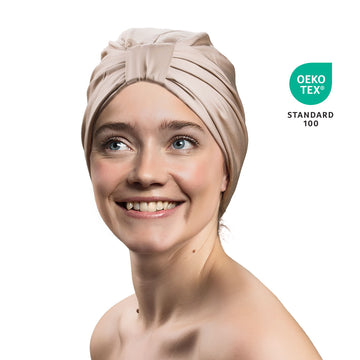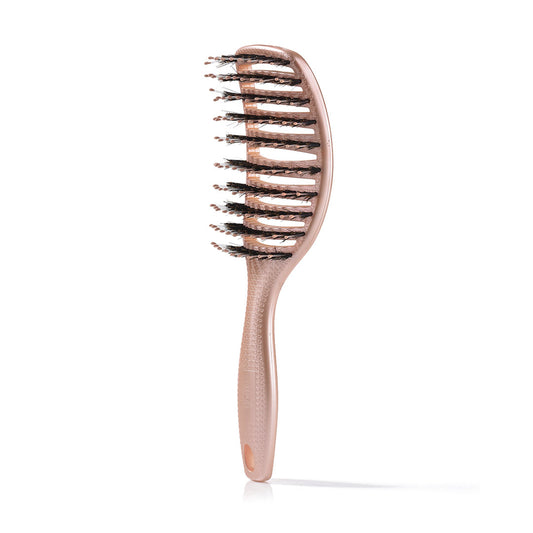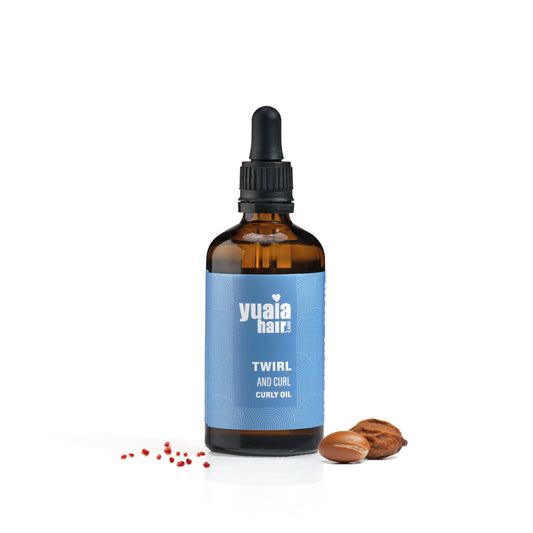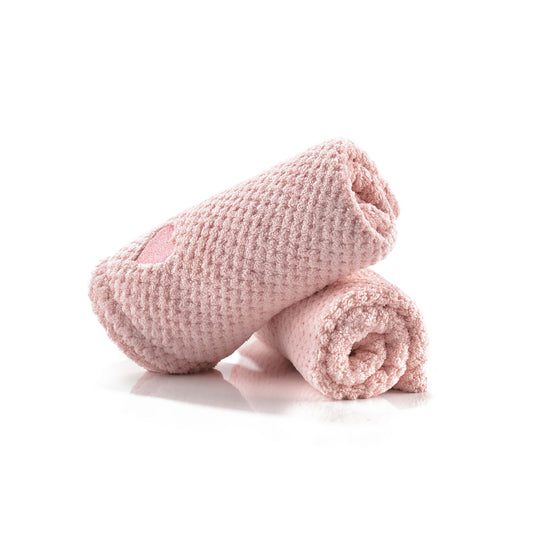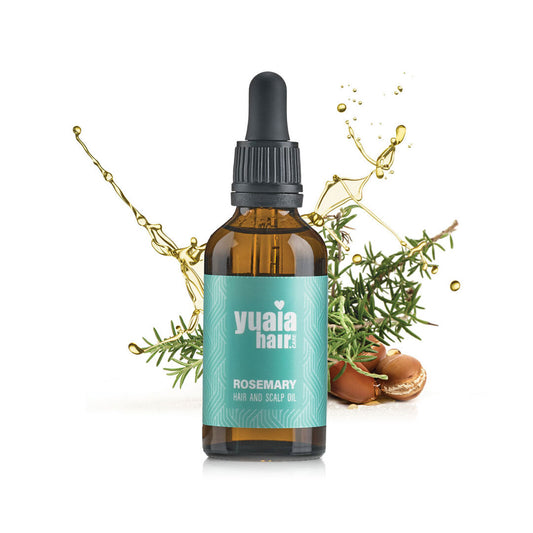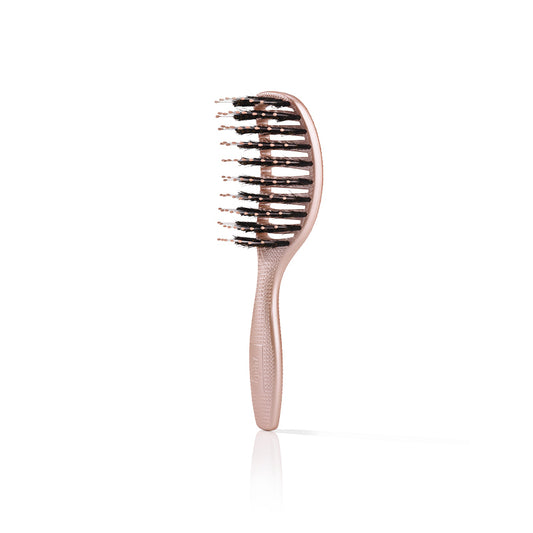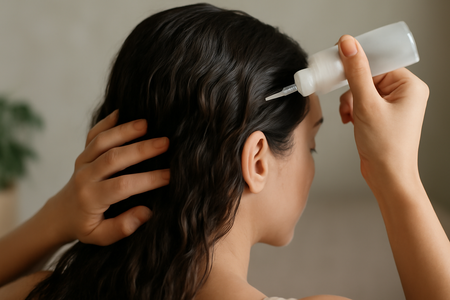
How to Find the Right Approach for Hydration
Achieving long-lasting hydration for low porosity hair requires a tailored approach. It's important to focus on methods and products that can overcome the natural resistance of the hair cuticle. By selecting the right products and incorporating specific techniques, you can enhance moisture absorption and retention, leading to healthier and more manageable hair.
For instance, using a boar bristle brush can help distribute natural oils throughout the hair, aiding in moisture retention. Additionally, incorporating lightweight, water-based products rich in ingredients like glycerin and aloe vera can significantly improve the hydration process. These humectants attract and hold moisture, making them ideal for low porosity hair.
Gentle heat can also play a pivotal role in opening the cuticle, allowing for better product penetration. Methods such as wrapping your hair in a warm towel or using a heat cap during conditioning can enhance the effectiveness of your hydration routine. These techniques, combined with regular deep conditioning using sulfate-free, hydrating shampoos, can help maintain optimal moisture levels.
By understanding the unique needs of low porosity hair and implementing these targeted strategies, you can achieve long-lasting hydration and enjoy healthier, more vibrant hair.
The Role of Heat in Hydration
Incorporating gentle heat into your hair care routine can significantly enhance moisture absorption for low porosity hair. The use of heat helps to slightly lift the hair cuticle, allowing moisture to penetrate more effectively. Simple methods such as wrapping your hair in a warm towel or using a heat cap during conditioning can be highly beneficial. This added warmth encourages the cuticles to open, facilitating better absorption of moisturizing products. By integrating these techniques, you can maximize the hydration benefits of your hair care regimen.
Deep Conditioning Techniques
For those with low porosity hair, deep conditioning is a must. Regular deep conditioning sessions, ideally once a week, can dramatically improve moisture levels. Opt for sulfate-free, hydrating shampoos to avoid stripping your hair of essential oils. These shampoos gently cleanse without causing dryness, setting a solid foundation for hydration. During deep conditioning, applying a gentle heat source can further enhance the effectiveness of the treatment, ensuring that moisture penetrates deeply into the hair shaft. This practice not only boosts hydration but also strengthens your hair, reducing breakage and enhancing overall health.
Pre-Shampoo Treatments: A Necessary Step
Pre-shampoo treatments, or "pre-poo," are essential for preparing low porosity hair to better absorb moisture. Using lightweight oils like jojoba or argan oil can create a protective barrier that minimizes damage during washing. These oils are particularly effective because they are light enough to be absorbed without leaving a heavy residue. By applying them before shampooing, you condition the hair to be more receptive to subsequent moisturizing treatments. This step is crucial for achieving optimal hydration and maintaining healthy hair.
Clarifying for Better Absorption
Regular use of styling products can lead to buildup, which can further hinder moisture absorption in low porosity hair. Periodic clarifying is important to remove this buildup and restore your hair's natural ability to absorb moisture. Using a clarifying shampoo once a month can help cleanse your hair thoroughly, allowing your moisturizing products to work more effectively. This practice not only enhances hydration but also improves the overall health and appearance of your hair.
For those looking to enhance their brushing routine, consider using our Curvy Brush. Its boar bristles help distribute natural oils evenly, promoting a healthier scalp and improving moisture retention.
Moisturizing Routine: Layering for Success
Achieving optimal hydration for low porosity hair involves a strategic approach to product application. The layering technique is a tried-and-true method that enhances moisture retention. Begin by applying a water-based moisturizer to damp hair. This step ensures that the hair cuticle is primed for hydration. Follow with a leave-in conditioner to maintain moisture levels throughout the day. Finally, seal in the moisture with a lightweight oil, such as jojoba or argan oil. This final layer acts as a barrier, preventing moisture loss and maintaining shine. By consistently following this routine, you can achieve a well-hydrated and manageable mane.
Night Care Practices
Protecting your hair overnight is essential for maintaining moisture levels. One effective strategy is to use bamboo pillowcases, which are gentle on the hair and help reduce friction and moisture loss. Additionally, adopting protective hairstyles, such as braids or buns, can minimize tangling and breakage. Using scrunchies instead of traditional hair ties further reduces tension and maintains hair health. These practices ensure that your hair remains hydrated and healthy, even while you sleep.
Frequently Asked Questions
Why Does Low Porosity Hair Resist Moisture?
Low porosity hair resists moisture due to its tightly packed cuticle structure. This barrier prevents water and other moisturizing agents from easily penetrating the hair shaft, making hydration a challenge.
How Often Should I Deep Condition Low Porosity Hair?
For best results, it is recommended to deep condition low porosity hair weekly. This routine helps infuse moisture and maintain the hair's health and manageability.
Can I Use Oils on Low Porosity Hair?
Yes, you can use oils on low porosity hair. Opt for lightweight oils like jojoba or argan, which are effective in sealing in moisture without weighing the hair down.
 2-5 day delivery
2-5 day delivery
 25.000+ satisfied customers
25.000+ satisfied customers
 Satisfaction Guarantee
Satisfaction Guarantee

